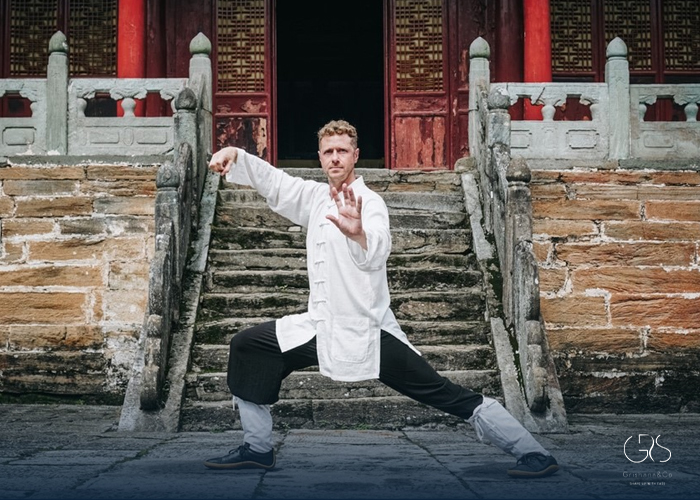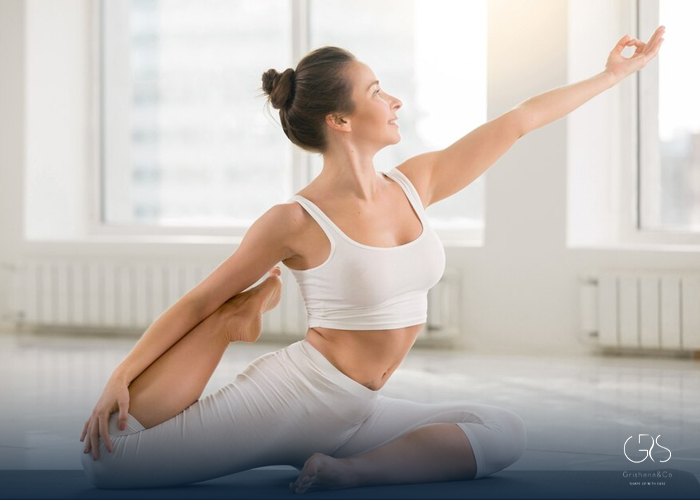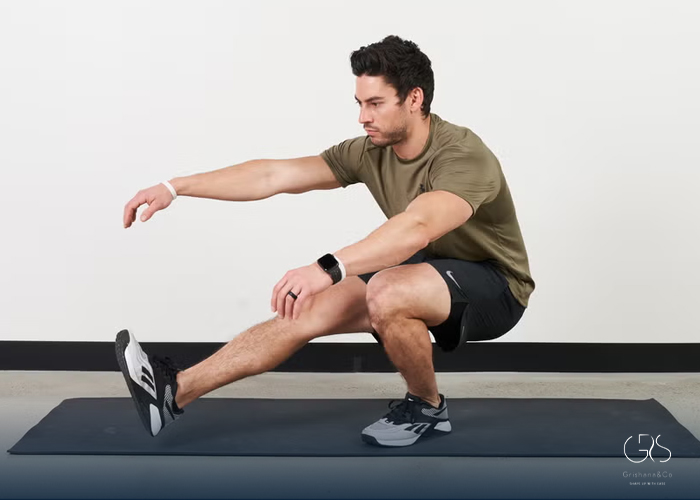In a world that often feels chaotic and overwhelming, the ancient practice of Tai Chi offers a sanctuary of peace and balance. Originating in China, Tai Chi is a holistic form of mind-body exercise that has grown in popularity worldwide for its physical, mental, and spiritual benefits. This article delves into the essence of Tai Chi, its various styles, benefits, tips for practice, comparisons with yoga, diverse perspectives, and concludes with the profound impact of this ancient art on modern society.
What Is Tai Chi?
Tai Chi, also known as Tai Chi Chuan, is a graceful martial art that integrates movement, breath control, and mindfulness to cultivate harmony in the body and mind. It is an art form that focuses on the flow of qi (life energy) and the balance of yin and yang within the practitioner. Tai Chi involves slow, flowing movements performed with precision and fluidity, promoting relaxation, focus, and inner peace.
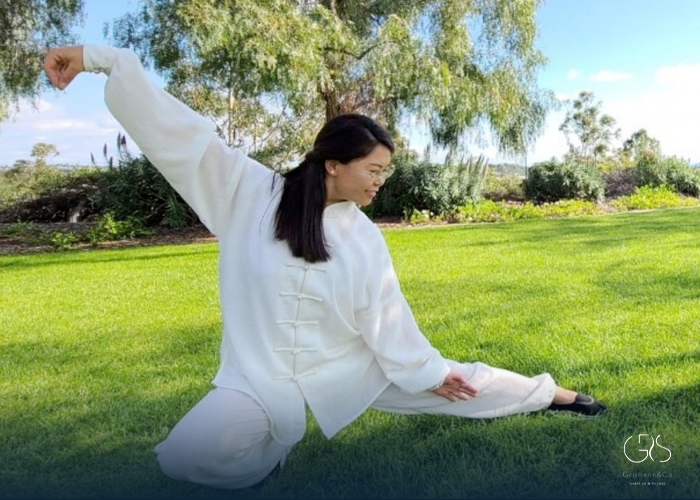
Styles of Tai Chi
- Chen Style: Considered the oldest and the parent form of Tai Chi, Chen style is characterized by a combination of slow and explosive movements, incorporating both hard and soft techniques. It emphasizes low stances and spiral movements, making it challenging yet rewarding to practice.
- Yang Style: The most popular style worldwide, Yang style Tai Chi is known for its gentle and flowing movements. It focuses on movements that are slow, even, and relaxed, making it accessible to practitioners of all ages and fitness levels.
- Wu Style: Wu style Tai Chi is characterized by compact, small-frame movements that emphasize internal energy cultivation and balance. It is renowned for its subtle and intricate footwork and techniques, making it a style suitable for practitioners seeking a refined and meditative practice (source).
- Hao Style: Hao style Tai Chi is known for its precise, controlled, and compact movements that promote the cultivation of qi and internal strength. It incorporates subtle shifts in body alignment and focuses on deep relaxation and concentration .
- Sun Style: Sun style Tai Chi is a blend of traditional Tai Chi movements with elements of Xingyi and Bagua martial arts. It is characterized by agile footwork, fluid movements, and lively energy, making it a dynamic and engaging style that enhances both physical and mental well-being .
Benefits of Tai Chi
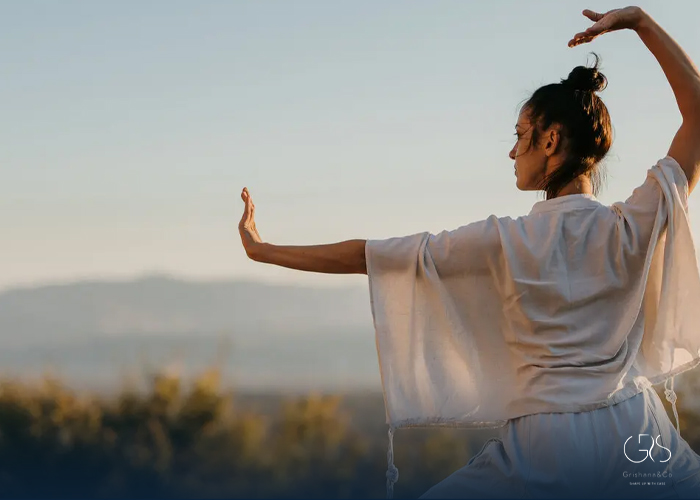
Physical Benefits
Improved Balance and Stability: Studies have shown that regular practice of Tai Chi can improve balance and reduce the risk of falls, especially in older adults (source).
Enhanced Flexibility and Strength: The gentle stretching and strengthening exercises in Tai Chi can help increase flexibility and muscle strength.
Pain Relief: Tai Chi has been found to alleviate pain associated with conditions such as arthritis and fibromyalgia.
Mental and Emotional Benefits
Stress Reduction: The slow, mindful movements of Tai Chi can promote relaxation and reduce stress levels.
Improved Mental Clarity: Tai Chi is known to improve cognitive function and mental focus.
Enhanced Mood: Regular practice of Tai Chi has been linked to improved mood and overall emotional well-being.
Spiritual Benefits
Enhanced Mind-Body Connection: Tai Chi emphasizes the connection between the mind and body, fostering a greater awareness of oneself.
Cultivation of Inner Peace: The meditative aspect of Tai Chi promotes inner peace, tranquility, and mindfulness.
Tips for Tai Chi Exercises and Classes
- Start Slowly: Begin with basic movements and gradually progress to more complex forms.
- Focus on Alignment: Pay attention to body alignment and posture while performing Tai Chi movements.
- Breathe Mindfully: Coordinate your movements with deep, slow breathing to enhance relaxation and energy flow.
- Practice Consistently: Regular practice is key to experiencing the full benefits of Tai Chi.
- Seek Guidance: Join a Tai Chi class or work with a qualified instructor to receive personalized instruction and feedback.
Tai Chi vs. Yoga
While both Tai Chi and yoga are mind-body practices known for their holistic benefits, they have distinct differences in terms of movements, philosophy, and origins. Tai Chi involves slow, continuous movements that flow seamlessly from one to the next, focusing on internal energy cultivation and martial arts applications. Yoga, on the other hand, comprises a series of poses (asanas) that target flexibility, strength, and balance, with an emphasis on breath control and spiritual growth. While both practices promote relaxation, stress reduction, and holistic wellness, Tai Chi is more martial arts-oriented, while yoga is rooted in ancient Indian philosophy and spirituality. Practitioners may choose one practice over the other based on their personal preferences and wellness goals.
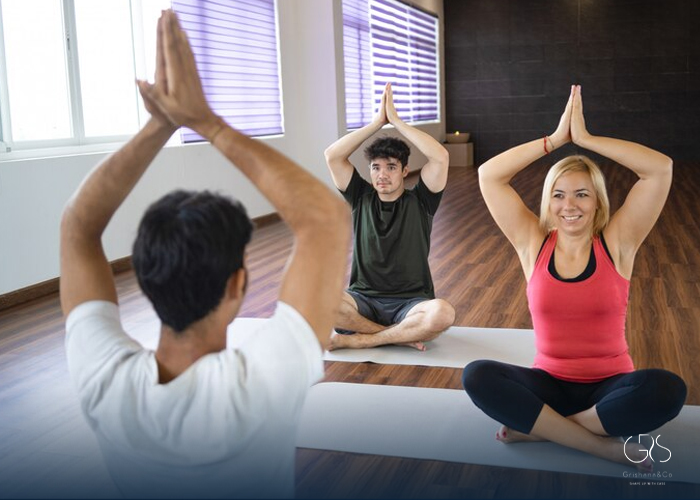
Diverse Perspectives on Tai Chi
Tai Chi transcends cultural boundaries and appeals to individuals from various backgrounds and beliefs. In Western cultures, Tai Chi is often embraced for its physical and mental health benefits, with an emphasis on stress reduction, balance, and flexibility. In Eastern traditions, Tai Chi is seen as a spiritual practice that cultivates internal energy (qi) and harmonizes the mind, body, and spirit. Regardless of cultural differences, Tai Chi serves as a unifying practice that promotes well-being, mindfulness, and self-discovery.
Conclusion
As we navigate the complexities of modern life, Tai Chi stands as a timeless beacon of serenity and balance. Through its diverse styles, holistic benefits, and rich history, Tai Chi offers individuals a path to wellness that nurtures the body, mind, and soul. By embracing the practice of Tai Chi, we can cultivate a deeper connection with ourselves and the world around us, fostering harmony, vitality, and inner peace.
Sources
- Insight Tai Chi Chi, Tai Chi Meditation
- WU'S TAI CHI CHUAN ACADEMY, WHAT IS TAI CHI?
- International Sun Tai Chi Association, International Sun Tai Chi Association
- Tai Chi Health, Tai Chi for All Ages and Abilities


